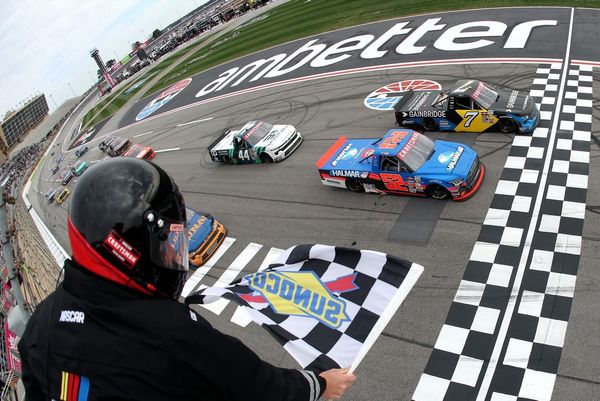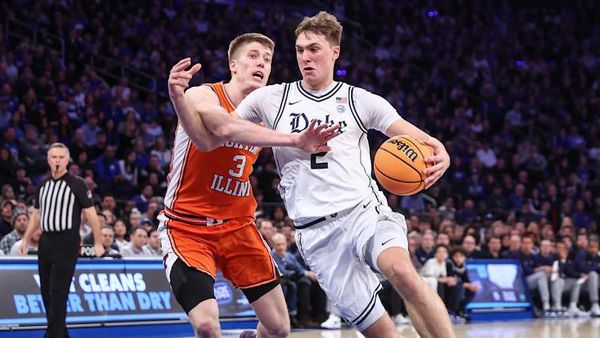
As a child, it seemed as though everyone in my world played tennis. I grew up in a small outer suburb where sport had currency and tennis was at the heart of our community. The clubhouse and red clay en-tout-cas courts sat in the centre of town, surrounded by a local hall, a kindergarten and a plot of land for the mobile library to park each Tuesday afternoon.
Those courts were always in use. Juniors on a Saturday, lessons after school and adult competitions on weekdays. I played as much sport as I could when I was young and tennis dominated for years. When I wasn’t playing I was watching, hanging around competitions and waiting to pounce on famous players to ask for their autographs in my little red book.
While I stopped playing competitively in my late teens and have only occasionally picked up a racket since, I still have fond memories of learning how to serve and smash a lob at the net.
A friend and I were chatting about how we used to play tennis and pickleball was mentioned.
I didn’t know much about it, just that it was a US phenomenon, often referenced in contemporary popular culture, and that some skateparks were being turned into pickleball courts there, prompting skaters to sign petitions to protect their sport. But I’d never seen it played so, when my friend found a local court that offered try-out sessions, I jumped at the chance.
Pickleball does not involve eating pickles. The popular story is that the sport took its name from a family dog called Pickle who used to retrieve the ball used by the three people who invented the sport – but there are other claims it was named after pickle boats used by rowers.
Either way, pickleball began in the US in 1965. It is a mix between tennis, table tennis and badminton. It’s played both indoors and out on a hard badminton-sized court, with a plastic paddle and a perforated plastic ball slightly larger than a tennis ball. Like tennis, it can be played in singles or doubles and, like badminton, you can only score points when you are serving.
On the Sunday morning that we had booked for a try-out session, the skies were grey and miserable. By the time we walked to the courts, we were soaked and doubtful we’d even get to play. But there was a bunch of keen pickleballers waiting for the rain to stop.
I grew nervous as I often am before trying something new, returning to my teenage state where the thought of failing in front of a bunch of strangers is overwhelming. But when the skies finally cleared, we mopped the courts, set up the nets and broke into doubles.
The rules were explained briefly and our tennis history meant we picked up the basics fairly quickly – how to hit a backhand and how to volley. But it took me most of the morning to understand the scoring system.
Once we learned not to cross the line into the marked area closest to the net – oddly called “the kitchen”, we enjoyed some short rallies. While playing decent tennis requires a certain degree of skill, pickleball felt like a simpler game to master.
When rain forced us to stop halfway through the session, we were both enjoying ourselves.
As we huddled inside the clubhouse, I chatted to some of the regulars about how long they’d been playing. They varied from new converts to others who had been playing more than a year. Some had come with their entire family, discovering the rare joy of a sport that works for teenagers and their parents.
Others spoke about how they liked the casual commitment of booking in when they had time to play and being able to join a game in any suburb. And everyone agreed the sport was appealing because it’s fast, great exercise, and more inclusive than many other competitive sports.
I doubt my commitment to pickleball will ever be greater than a casual Sunday morning game but I do admit that I was surprised by how joyful it was to run around in a T-shirt and pair of old shorts, chasing down a plastic ball and reliving some of my teenage tennis days.
• Nova Weetman is an award-winning children’s author. Her memoir, Love, Death & Other Scenes, is published by UQP







